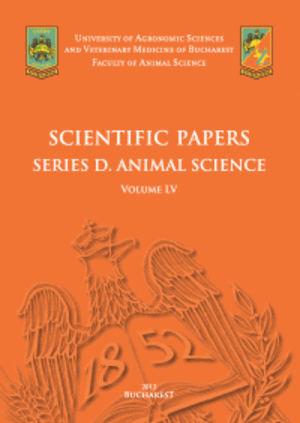A DIFFERENTIATED RURAL SETTLEMENT FRAMEWORK FOR LOCAL ECONOMIC DEVELOPMENT RESILIENCE IN RURAL GHANA
Published in Scientific Papers. Series "Management, Economic Engineering in Agriculture and rural development", Vol. 25 ISSUE 2
Written by Joshua Babachuwekem VORODAM, Mohamad Fadhli RASHID, Siti Hajar MISNAN
Globally, one in every ten rural village indicates a low level of economic growth. The condition is no different in Ghana, which continues to face significant developmental challenges, particularly regarding low socio-economic status of rural community. Local Economic Development (LED) is crucial for promoting sustainable growth, improving livelihoods and reducing poverty in rural Ghana. This paper examines the determinants of LED resilience across agricultural, mining, fishing and forest-based settlements, proposing an integrated framework tailored to each settlement type. Drawing on multiple theoretical perspectives, this study identifies key factors influencing LED resilience: Social, Human, Economic, Cultural, and Environmental resilience. A mixed-methods approach involving surveys, interviews, and focus groups discussions (FGDs) was utilized to gather data from diverse rural Ghanaian communities. Findings indicate that social cohesion, human capital development, and cultural preservation are essential for LED resilience, with distinctive dynamics specific to each settlement type. This study advances existing literature by offering a differentiated framework specific to agricultural, mining, fishing, and forest-based rural settlements in Ghana and presents practical recommendations for implementing localized strategies to foster inclusive economic growth.
[Read full article] [Citation]

 Next Issue will be published according the the calendar.
Next Issue will be published according the the calendar.



